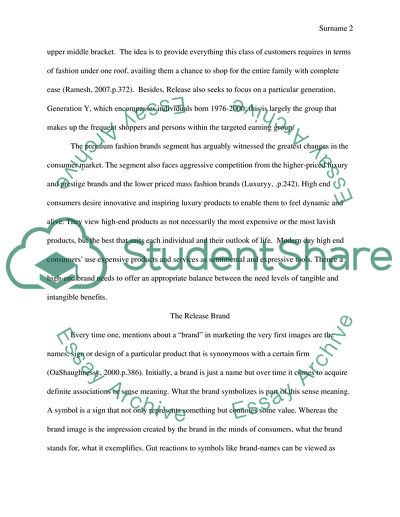Cite this document
(“2013 Fashion Promotion Essay Example | Topics and Well Written Essays - 3250 words”, n.d.)
2013 Fashion Promotion Essay Example | Topics and Well Written Essays - 3250 words. Retrieved from https://studentshare.org/marketing/1621546-2013-fashion-promotion
2013 Fashion Promotion Essay Example | Topics and Well Written Essays - 3250 words. Retrieved from https://studentshare.org/marketing/1621546-2013-fashion-promotion
(2013 Fashion Promotion Essay Example | Topics and Well Written Essays - 3250 Words)
2013 Fashion Promotion Essay Example | Topics and Well Written Essays - 3250 Words. https://studentshare.org/marketing/1621546-2013-fashion-promotion.
2013 Fashion Promotion Essay Example | Topics and Well Written Essays - 3250 Words. https://studentshare.org/marketing/1621546-2013-fashion-promotion.
“2013 Fashion Promotion Essay Example | Topics and Well Written Essays - 3250 Words”, n.d. https://studentshare.org/marketing/1621546-2013-fashion-promotion.


